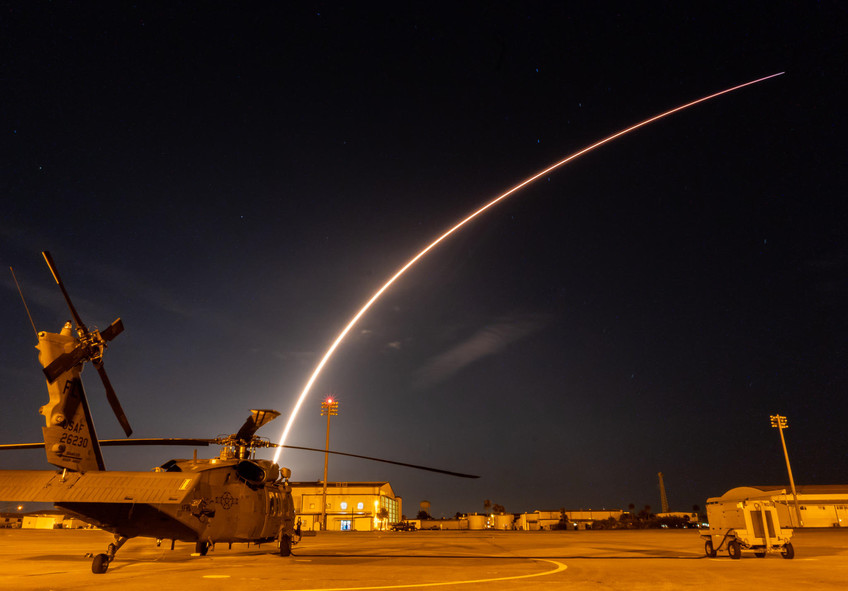
On Sunday, SpaceX, a commercial leader in aerospace, successfully launched the Telstar 19 VANTAGE satellite from Space Launch Complex 40 at Cape Canaveral AFS, Fla. Air Force photo by SSgt. Wes Henry
The Air Force is preparing for possible war in space through a three step approach, aimed at improving space situational awareness, command and control of space assets, and developing the “ability to create effects” in orbit, Air Force Secretary Heather Wilson said Wednesday.
These three goals are driving the development of new satellites and space launch systems, including programs such as next generation missile warning and jam-resistant global positioning systems, Wilson said during a live streamed question-and-answer session with The Washington Post.
“The US is determined to protect our capability on orbit,” Wilson said. “We’re going to defend ourselves, and we’re developing the capability to do that.”
Wilson said it is “possible” that there are already adversary capabilities in space that can contest US assets.
For example, Russia has publicly announced its intent to be able to repair its own satellites in orbit, which could also translate to a capability to damage US satellites. Additionally, China has demonstrated its ability to launch a rocket that can damage or destroy an object in low-earth orbit. To address this, the US military needs to improve space situational awareness to understand what is around its important assets.
The Air Force has a catalogue of objects in orbit that are larger than a softball, but this is akin to a flight plan at an airport. It isn’t good enough to “check on them every week,” the military “needs radar scanning to know exactly where they are right now.”
Secondly, the Air Force needs the capability to command and control those assets to be able to react to threats. Finally, they need to be able to “create effects” such as launching chaff to protect from missile threats, or being able to maneuver away from danger, Wilson said.
While Wilson wouldn’t specifically talk about how these capabilities are being developed in specific systems, they as a whole are how the US is making “space a defendable domain,” she said.
“I want (adversaries) to have no doubt that if they seek to contest the united states in space, we will defend ourselves,” Wilson said.